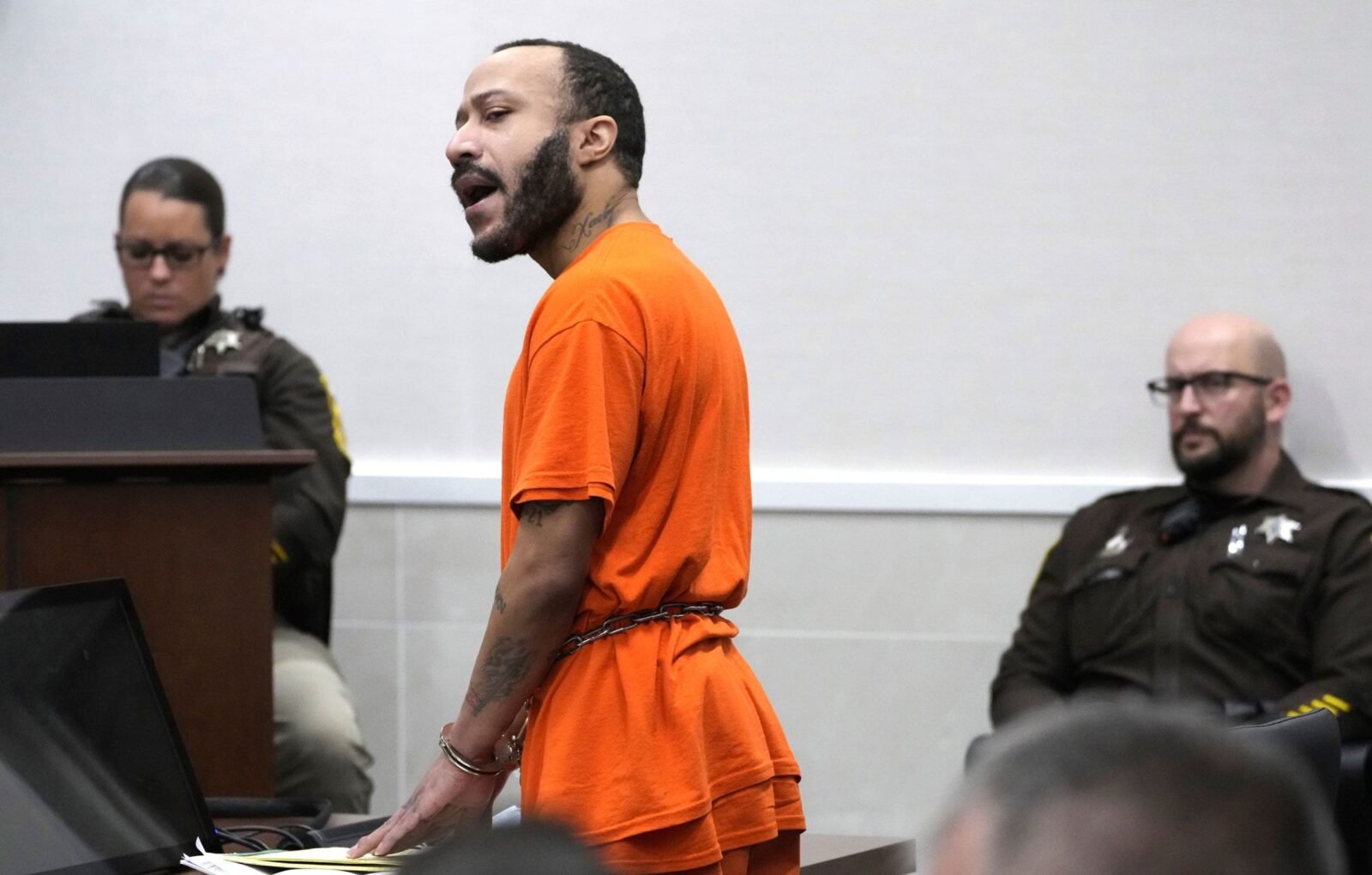The case of Darrell Brooks has captivated public attention and sparked significant debate regarding the criminal justice system, preventive measures, and the broader implications of crime on community safety and rehabilitation efforts. This comprehensive article delves into the intricate details of Darrell Brooks’ criminal activities, the subsequent legal proceedings, and the overarching questions raised about the efficacy of current criminal justice policies.
Background: The Darrell Brooks Incident
Darrell Brooks gained national notoriety following his involvement in a tragic incident in Waukesha, Wisconsin. On November 21, 2021, Brooks drove his SUV into a Christmas parade, resulting in six deaths and injuries to dozens of others. This horrifying act not only devastated the local community but also reignited discussions on several critical issues, including bail reform, mental health support within the criminal justice system, and the challenges of preventing recidivism among individuals with a history of criminal behavior.
Prior to the parade incident, Brooks had a lengthy criminal record spanning multiple states, including charges related to domestic abuse, battery, and sex crimes. His extensive criminal history raises important questions about the role of the criminal justice system in addressing and mitigating the risks posed by individuals with similar profiles. The fact that Brooks was out on bail for a separate incident at the time of the parade attack has particularly fueled debates over bail practices and the balance between ensuring public safety and upholding the rights of the accused.
Legal Proceedings and Public Reaction
Following the Waukesha parade incident, Darrell Brooks faced multiple charges, including intentional homicide. The trial and subsequent conviction of Brooks have been closely watched, serving as a focal point for discussions on justice, punishment, and the potential for rehabilitation. Public reaction to the case has been polarized, with some advocating for severe punitive measures as a deterrent to similar crimes, while others call for a more nuanced approach that addresses the underlying causes of criminal behavior, such as mental health issues and systemic inequalities.
The legal proceedings against Brooks highlighted several aspects of the criminal justice system, from the decision-making process regarding bail to the challenges of ensuring a fair trial in highly publicized cases. The impact of Brooks’ actions on the victims and their families was a central element of the trial, emphasizing the human toll of crime and the importance of victim rights and support services.
The Debate Over Bail Reform and Preventive Measures
One of the most contentious issues arising from the Darrell Brooks case is the debate over bail reform. Critics argue that Brooks’ ability to secure bail despite a significant criminal history is indicative of systemic failures that prioritize procedural formalities over community safety. Conversely, proponents of bail reform contend that the pretrial detention system disproportionately affects marginalized communities and those unable to afford bail, thereby undermining the principle of innocent until proven guilty.
The discussion extends beyond bail practices to encompass broader preventive measures that could potentially deter individuals from engaging in criminal activities. These include enhanced mental health services, more effective community supervision, and programs aimed at addressing the root causes of crime, such as poverty, education disparities, and substance abuse. The Darrell Brooks case serves as a catalyst for examining how such measures can be implemented more effectively to protect public safety while also promoting rehabilitation and reintegration for those with criminal convictions.
Implications for the Criminal Justice System and Society
The Darrell Brooks case presents a complex challenge for the criminal justice system and society at large. It underscores the need for a balanced approach that ensures public safety, respects the rights of the accused, and addresses the factors contributing to criminal behavior. This incident has prompted lawmakers, criminal justice professionals, and community leaders to reevaluate existing policies and practices, seeking solutions that are both effective and equitable.
Moreover, the case has stirred a broader conversation about the nature of justice, the potential for redemption, and the societal responsibility to prevent crime and support victims. It raises critical questions about how communities can come together to heal in the wake of tragedy and how the criminal justice system can evolve to better serve and protect all citizens.
Conclusion: Navigating a Path Forward
The case of Darrell Brooks is a stark reminder of the devastating impact of crime on individuals and communities. It highlights the urgent need for comprehensive strategies that address the multifaceted challenges of the criminal justice system. As society grapples with these issues, it is essential to foster dialogue that bridges divides and seeks constructive solutions.
Moving forward, it will be crucial to examine the effectiveness of reforms and preventive measures in reducing crime and recidivism, providing support for victims, and ensuring that justice is served. The lessons learned from the Darrell Brooks case can inform future efforts to create a more just, equitable, and safe society. By confronting the difficult questions and exploring innovative approaches, there is hope for progress in addressing the complex interplay of factors contributing to criminal behavior and enhancing the criminal justice system’s role in promoting public safety and rehabilitation.
Read Also: Who Is Favorite To Be Next Us President: A Complete Detail

















